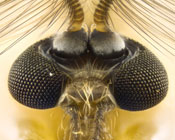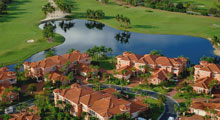Non-biting midges, or chironomids, can pose serious nuisance problems. Essentially harmless, non-biting midges can have a large-scale economic impact for people and businesses located near the water. While adults do not feed, and live only a few days in order to reproduce, their sheer numbers can pose significant problems for resort areas, golf courses, or homeowners.


Closely related to mosquitoes and black flies, Chironomid larvae develop in mud along the edges of eutrophic water — water with unusually high nutrient content. This may include lakes, ponds, and lagoons that have experienced over-fertilization from surrounding urban development.
Links to suggested control solutions
| VBC Biorational | Habitat |
| Bactimos PT VectoBac 12AS | Lakes, ponds, and other aquatic habitats where non-biting midges are found |
Quick Links
Contact a Valent BioSciences public health representative.
Contact Us